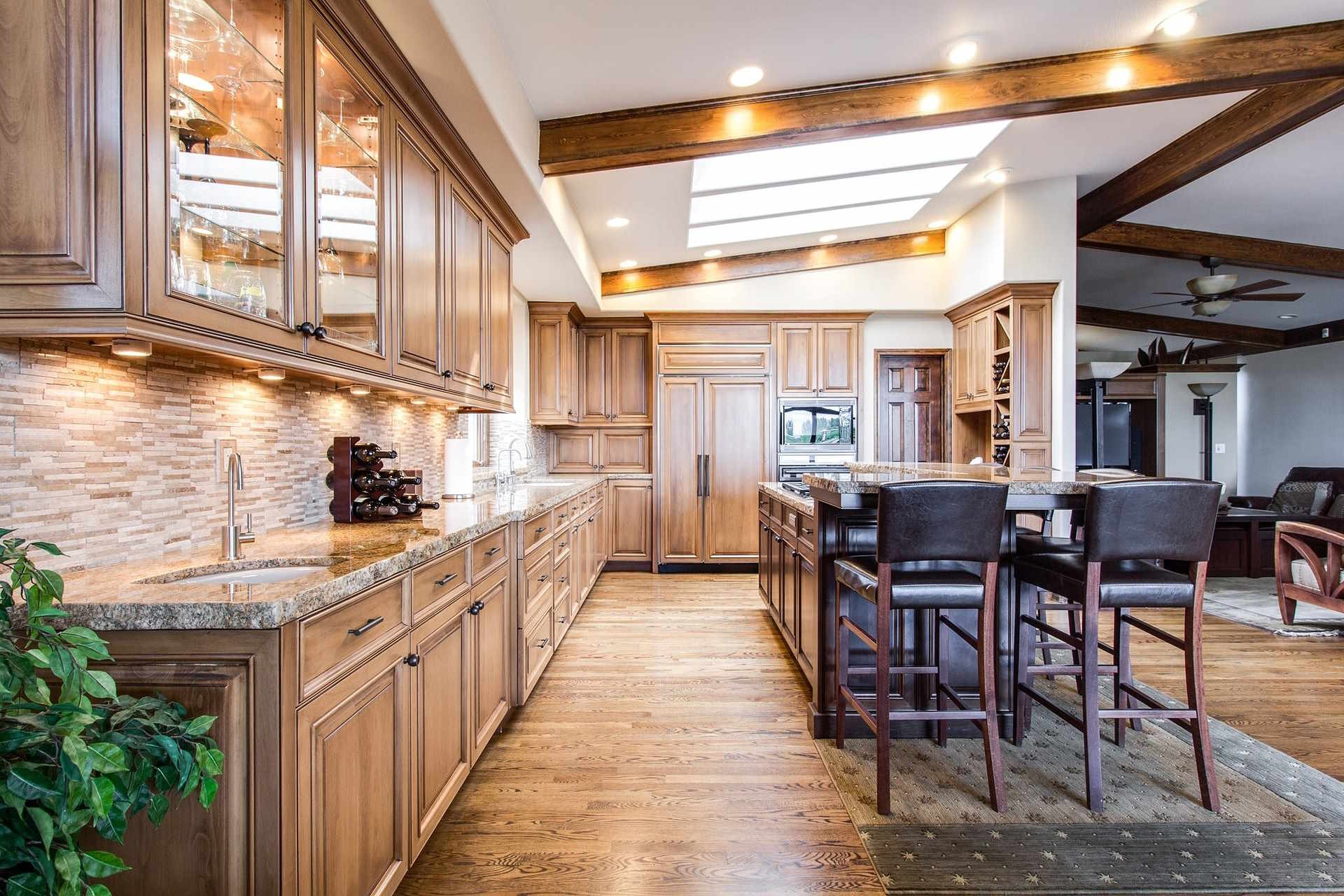Modern Kitchen Design Ideas for Every Home
A well-designed kitchen does more than look good — it shapes how you live. Modern kitchen design blends efficient layout, thoughtful materials, and aesthetic choices to create an interior that supports cooking, entertaining, and daily routines. Whether you’re renovating a small apartment kitchen or reimagining a larger family space, clear planning around workflow, storage, and durable finishes helps you craft a practical and beautiful home focal point.

How can kitchen layout boost daily function?
Layout is the backbone of any kitchen. The classic work triangle — stove, sink, refrigerator — still guides efficient movement, but contemporary kitchens often expand that idea into zones: prep, cooking, cleaning, and storage. Positioning appliances and countertops to minimize cross-traffic and provide ample landing space next to major appliances reduces friction. Consider island placement for added prep area and casual seating, but ensure at least 1.2 meters (about 4 feet) of circulation space around it to keep the kitchen comfortable.
What design trends balance style and longevity?
Design choices should balance trend-forward looks with durable investments. Neutral cabinetry colors, matte hardware, and mixed-material palettes (wood with stone or metal accents) age well while allowing seasonal decor updates. Choose cabinet finishes and countertop materials that resist scratches, stains, and heat; quartz and engineered stone deliver consistent performance, while well-sealed natural stone offers lasting appeal. Lighting is also a long-term consideration — layered illumination (ambient, task, accent) improves usability and highlights interior finishes without frequent upgrades.
How to blend interior flow with the cooking space?
A kitchen must feel connected to the rest of the home. Open-plan layouts create visual continuity between kitchen, dining, and living areas, while consistent flooring and a coherent color scheme help integrate the interior. Use elements such as a half wall, peninsula, or glass divider to define zones without isolating the cook. Consider sightlines to key areas and how noise and odors will move; good ventilation and well-placed appliances keep the kitchen comfortable and preserve the home’s overall ambiance.
How to make a kitchen fit your home’s rhythm?
Design around how you and your household use the space. Families might prioritize durable surfaces, plenty of storage, and easy-to-clean backsplashes. Frequent entertainers may value flow for serving, open shelving for display, and a sizable island for socializing. If your home has limited square footage, maximize vertical storage, prioritize multifunctional appliances, and use light-reflecting finishes to create an airy feel. Consulting local services like kitchen designers or contractors in your area can help translate lifestyle needs into practical plans.
What defines a modern kitchen without losing warmth?
Modern kitchens often feature clean lines, minimalist cabinetry, and integrated appliances, but warmth is equally important. Introduce texture through wood tones, tactile tile backsplashes, or soft textiles in nearby seating. Warm metals like brushed brass for fixtures, open shelves with curated items, and under-cabinet lighting add personality. A restrained color palette with one or two accent hues delivers modern simplicity while allowing cozy touches. Thoughtful layering of materials prevents a sterile feel and makes the kitchen a welcoming part of your home.
Conclusion
Good kitchen design is a deliberate mix of function, materials, and aesthetic that reflects how you live. Start with a strong layout, choose finishes that balance beauty with durability, and maintain interior continuity with the rest of your home. Whether you favor a sleek modern look or a softer, lived-in feel, thoughtful decisions about storage, lighting, and workflow will create a kitchen that supports daily life and enhances your home for years to come.






